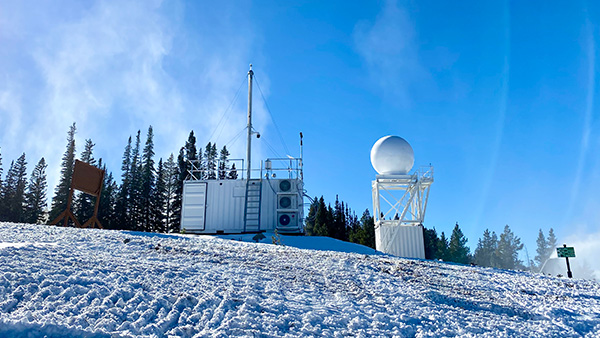
Aerosol Observing Systems for ARM
The Atmospheric Radiation Measurement user facility is a multi-laboratory collaboration that is a key contributor to national and international climate research efforts. The ARM Aerosol Observing Systems studies temporal and spatial variability of atmospheric aerosols with particular interest in tropical regions, carbonaceous aerosols (organic and black carbon or soot), and air quality.
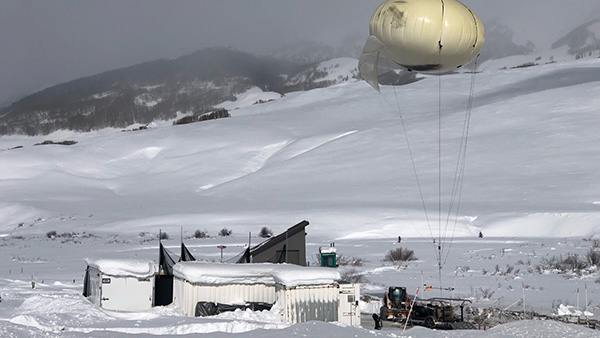
Aerosol Regimes and Processes with SAIL Data
This project uses data collected from ground-based instruments and tethered balloon sondes (i.e. tethered weather balloons) in the Colorado East River Watershed Basin to study variability of aerosol processes seasonally. Aerosols are fine solid or liquid particles in a gas and most of the data collected are in situ (in its original place) measurements of different types of aerosols. Our goal is to understand the role of aerosols within mountain hydrology.
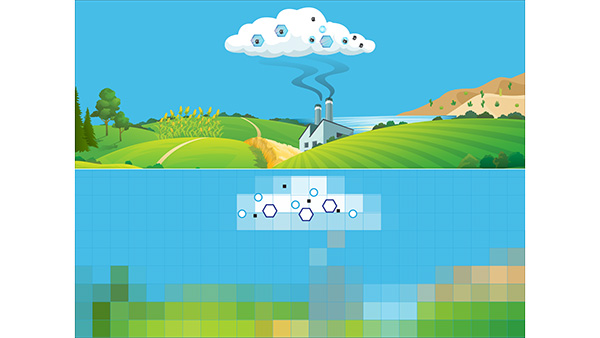
Building a comprehensive understanding of ice nuclei sources from the ground up: Establishing the impact of sea spray and agricultural soils
This project will improve our knowledge of the sources of ice-nucleating particles that allow ice crystals to form in the atmosphere. Our research is advancing understanding of how two less-studied but important particle types contribute to determining real-world ice nucleus concentrations, and tackling the grand challenge of predicting ice nucleus concentration from the observed characteristics and sources of atmospheric particles.
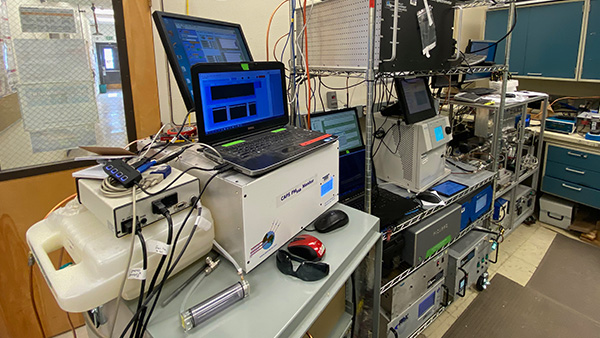
Carbonaceous Aerosols: Understanding Water Uptake and Effects on Light Absorption
Fossil fuels and biomass fuels emit carbonaceous aerosol (CAA), which can absorb solar radiation. Our research measures how water uptake affects the ability of these aerosols to absorb light. We also analyze the optical properties of wildfire smoke particles. Our new instrument, laboratory experiments, field observations and model parameterizations address critical gaps in understanding absorption data collected by ARM and help advance CAA treatments in E3SM. This will lead to better understanding of the radiative effects of aerosols and their impact on the Earth.
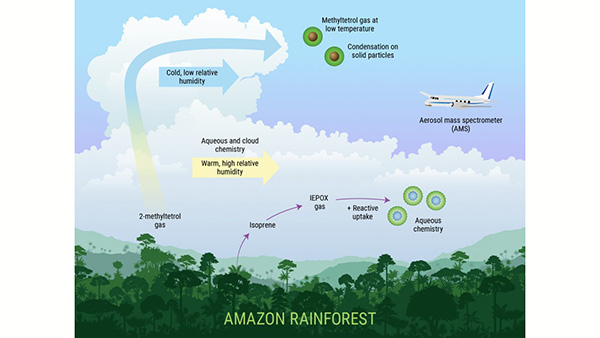
Finding Missing Links Associated with Aerosol-cloud Interactions: Aqueous and Cloud-phase Secondary Organic Aerosol Formation
This early career project aims to advance the fundamental understanding of secondary organic aerosols (SOA) that are formed within aqueous aerosols and cloud droplets. SOAs are produced from the oxidation of volatile or semi-volatile organic compounds, and they account for a significant amount of atmospheric airborne particles. This research will provide a comprehensive description of coupling between cloud-aerosol interactions and chemistry.

GCIMS: Global Change Intersectoral Modeling System
Our goal is to improve understanding of the complex interactions among energy, water, land, climate, socioeconomics, and other human and natural systems at regional and global scales over the short and long term. We are developing and applying an internally consistent, open-source, computationally efficient modeling framework that captures the evolution of the integrated human–Earth system. The team is working to resolve the effects of compounding influences on energy, water, land, climate, and socioeconomic systems over the next 10–100 years; the responses of these systems to those influences; and unresolved feedbacks that fundamentally alter the frequency or intensity of influences.
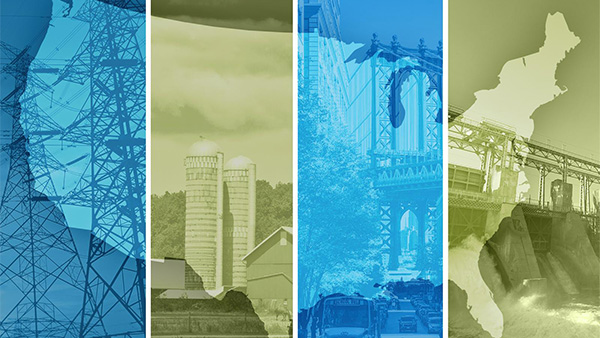
IM3: Integrated Multisector, Multiscale Modeling
This innovative modeling project explores how human and natural systems and landscapes in the United States co-evolve over the 21st century in response to compounding short- and long-term influences. We are currently studying the interactions of energy, water, land, and urban systems in response to these influences: climate, including severe heat waves and drought; population change and urbanization; socioeconomic factors; energy transitions; and technology change.

Tropical Forest Response to a Drier Future: Turnover Times of Soil Organic Matter, Roots, Respired CO2, and CH4 across Moisture Gradients in Time and Space
This DOE Early Career Research Program project addresses the potential response of tropical forests to climate change. This project has an emphasis on below-ground carbon storage and cycling and uses radiocarbon to indicate how long carbon has resided in the soil. The project is also interested in the sources of carbon contributing to changes in the amount of carbon dioxide and methane in the atmosphere.


